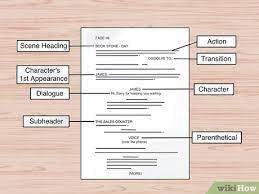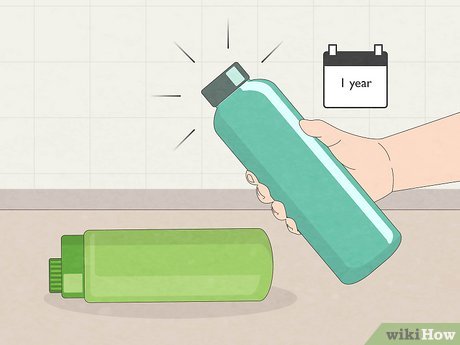How to Read a Movie Script: 9 Steps

Reading a movie script can be an exciting journey into the world of cinema. It allows you to dive deep into the creative process, get a glimpse of the characters’ emotions, and understand the filmmaker’s intentions better. In this article, we will guide you through nine essential steps to read a movie script effectively.
1. Familiarize Yourself with Script Formatting:
Before diving into the script itself, it’s important to understand the format of a screenplay. Movie scripts follow a specific industry-standard format that includes elements such as scene headings, character names, dialogue, and descriptions. Familiarizing yourself with these elements will make it easier for you to visualize the story.
2. Read the Title Page:
The title page provides essential information about the script, including the title of the film, the writer’s name, and contact information. It may also indicate when and where the story takes place or if it’s based on existing material.
3. Examine Character Names and Descriptions:
As you read through a script, pay attention to character names and descriptions provided by the writer. This information will help you build an image of each character in your mind, giving you insight into their background, personalities, and motives.
4. Read Scene Descriptions Carefully:
Scene descriptions set up the location, time, and atmosphere of individual scenes. By focusing on these details when reading a script, you can better visualize each scene in your head as if watching it play out on screen.
5. Pay Attention to Dialogue:
A movie script’s dialogue is a significant aspect of understanding not only character motivations but also plot development and thematic elements. As you read through the dialogue lines in a script, consider each character’s voice and how they interact with one another.
6. Note Scene Transitions:
A screenplay often includes scene transitions such as cut-to or fade-out that indicate how one scene leads to another. Paying attention to these transitions will help you follow the narrative flow and grasp the overall pacing of the story.
7. Identify Key Moments and Turning Points:
While reading a script, take note of significant moments, turning points, and plot developments that impact the characters and story progression. Doing so will help you understand the underlying structure of the narrative.
8. Analyze Themes and Motifs:
Regardless of the genre, every movie script explores specific themes or motifs. Identifying these elements throughout the screenplay will give you deeper insight into the writer’s intentions and help you draw connections between various parts of the story.
9. Read Multiple Times:
Finally, to extract maximum value from a movie script, read it multiple times with different focus areas each time – whether it be character development, plot structure, or thematic elements. This practice will give you a comprehensive understanding of the story being told and help sharpen your analytical skills.
By following these nine steps, you’ll be well on your way to becoming adept at reading movie scripts. Not only can this skill enhance your appreciation for film as an art form, but it may also inspire you to write your own screenplays or pursue a career in filmmaking.






